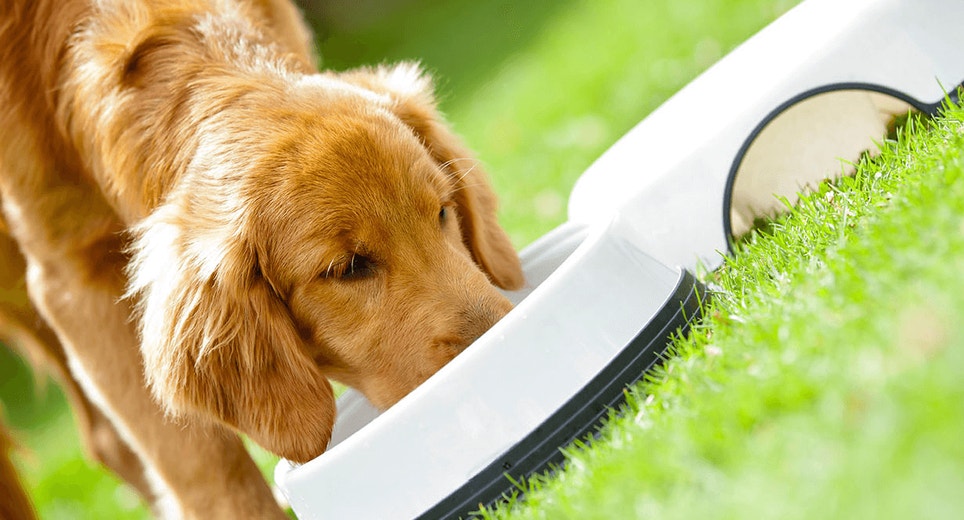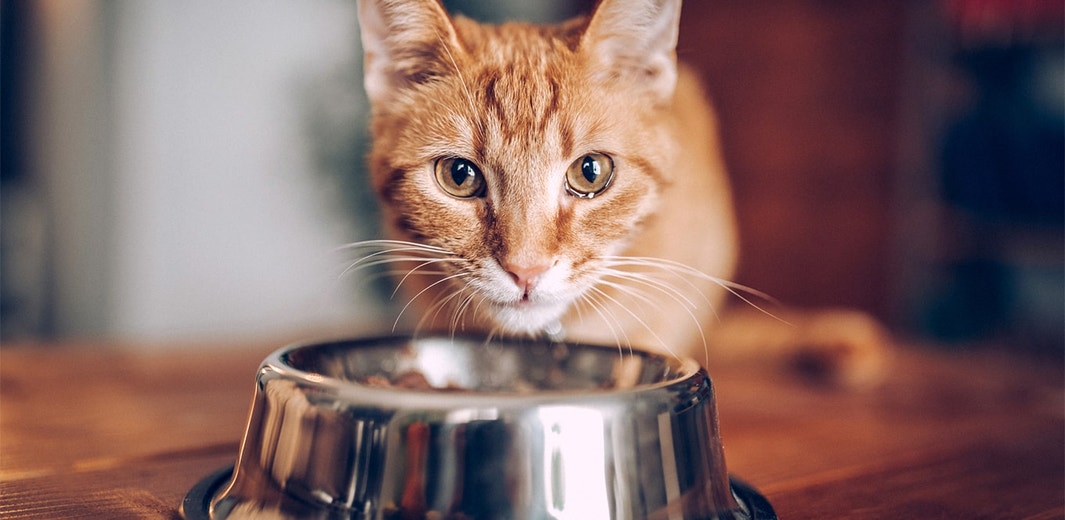
Is Your Dog a Picky Eater?
Is your dog a finicky eater, or could it be something else? If your dog has always been picky about their food but maintains a healthy weight and has a shiny coat and normal stool, it’s likely not cause for concern. But if you notice that your dog doesn't seem to be eating as usual, there are a few factors to consider.
Five Reasons Dogs Are Picky Eaters
Health Concerns or Illness
If your dog experiences a sudden change in appetite, stops eating altogether or has other symptoms like vomiting or diarrhea, it could be a sign of an underlying health problem or illness. Any time you have concerns about your dog’s health, consult your veterinarian. They can help determine if your dog’s picky eating is behavioral or a signal of something else.
If your dog is older,(open in new tab) they may just need some accommodations to make mealtime easier. Senior dogs might need their food bowl elevated for easier reach; your vet can suggest ways to make eating more comfortable for your older pup.
Not Hungry
If your pet isn’t showing signs of illness, take a close look at what your dog eats each day. Do they get the occasional dog treat? Is someone sneaking them extra table scraps?
When you feed your dog a balanced, highly nutritious diet, nothing else is needed. In fact, too many treats can affect your pet's normal intake of dog food. Just as ice cream or chips before dinner may ruin your appetite, treats and table scraps can spoil dinner for your pup. Plus, coaxing your dog to eat with treats may even train them to hold off on eating their normal food so they’re offered “the good stuff.”
Type of Food
If your pet eats the same dog food every day and suddenly stops eating, it could mean something about their food has changed. Check to see if the food has spoiled, has an odd smell or looks different. It could simply be time to open a fresh bag of kibble or order new wet dog food.
On the other end of the spectrum, too much variety in a dog’s diet can lead to picky eating. While humans enjoy a variety of tastes and textures in meals, switching up a dog’s food isn’t really necessary. Most dogs are happy eating the same food every day, as long as it’s nutritionally balanced.
That said, dogs can have food preferences. Sometimes a finicky eater simply doesn’t like the flavor or texture of their food.
Stress
If your pet suddenly becomes a picky eater, it could be due to stress or anxiety. Has there been a drastic change to your dog’s routine? Is there a new person or pet in the home, or have some family members been absent? Have you recently moved? Dogs are creatures of habit and even small changes to their normal routine can lead to picky eating.
Breed Disposition
Just as a dog’s breed can inform their temperament and exercise requirements, breed disposition can also play a role in your dog’s appetite. While some dog breeds are known for their ravenous appetites, others are naturally more lean or finicky with food.
Breeds that may be more prone to picky eating include Boston terriers, dachshunds, greyhounds, poodles and French bulldogs. If your dog has always been finicky about food, it may be in their genes!

How to Help Get Your Picky Dog to Eat
Develop a Feeding Schedule
More often than not, dogs are trained to be picky eaters — and training can often remedy the issue.
To help correct picky eating behavior, create a consistent feeding routine. Feeding at the same time and place every day establishes a comfortable eating pattern. Portion-controlled feeding can be a good choice for finicky eaters, giant and large breeds, and dogs that are overweight or have special needs.
1. Develop a feeding schedule you can adhere to each day. This could mean a morning meal and evening meal, or breakfast, lunch and dinner; just avoid going more than 12 hours between feedings. Consistency is key!
2. Divide the daily amount of food your dog gets into the number of meals you’ve selected.
3. When it’s mealtime, put out your dog’s food. After 15 to 20 minutes, take away any leftover food; this sets a pattern for your dog to follow.
4. Don’t give your dog treats, table scraps or food in between feedings — and make sure everyone in the household sticks to this! Even the occasional human food treat can reinforce picky eating and encourage begging behavior.
5. step three at the next scheduled feeding time, sticking to the schedule you’ve established.
Create a Meal Area
Some dogs may benefit from having a dedicated place to eat away from distraction (and other dogs). Having a routine and a distraction-free safe space can make an anxious dog more comfortable eating. Choose a quiet area to keep a water bowl and divvy out meals. Regardless of when mealtime is scheduled, your dog needs access to plenty of fresh, clean water. A good tip is to place the water three to five feet from the food; this will help prevent your dog from gulping water and air in addition to food.
Choose the Best Food for Your Dog
Dogs have different nutritional requirements throughout their lives, plus preferences in taste and texture. If your dog simply doesn’t like their food, try experimenting with other options until you find what they like. Keep in mind that switching dog food should be a gradual process to avoid upsetting your pet’s stomach.
IAMS™ dog foods are nutritionally balanced and specifically formulated to meet the needs of dogs in all life stages, and with different lifestyles. There are dry, canned and pouch varieties, plus options for puppies(open in new tab), senior dogs(open in new tab), overweight pets(open in new tab) and dogs with reduced activity levels. Talk to your veterinarian or check out our Dog Food Selector(open in new tab) for advice on what's best for your dog.
Talk to Your Veterinarian
If the above tips don’t help or you’re concerned about your dog’s stress levels, breed disposition or health, it’s time for a trip to the vet. They can help develop a plan to get your picky eater’s appetite back to normal.
Any time you have questions about feeding your dog, IAMS™ is here to help, from answering common questions about feeding(open in new tab) to offering feeding advice based on your dog’s life stage. Plus, our Pet Parent Partners are just a click away: Tap the chat icon at the bottom of your screen to get expert advice today.




